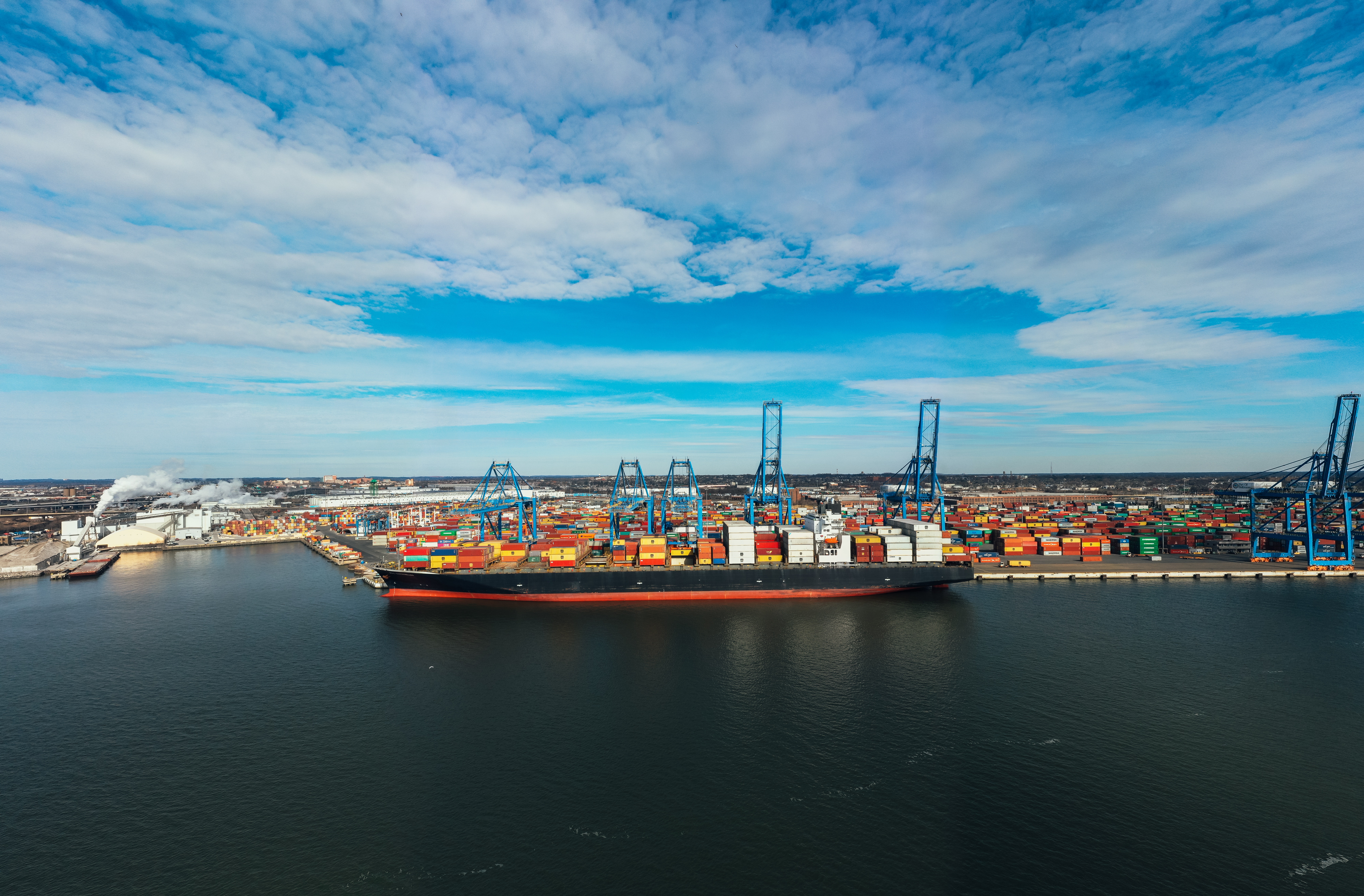Logistics is an industry that doesn’t get attention until there’s a problem. Unfortunately, the pandemic has caused one problem after another, with non-stop delays and bottlenecks around the world.
As logistics professionals come out from underwater, they’re dealing with the fact that they cannot resume business as usual. Fortunately, these challenges present a new reality and opportunities in remote collaboration. This includes using technology to achieve greater visibility into their organizations, and developing end-to-end, collaborative business processes that involve all the players in the supply chain.
Remote Collaboration in Logistics
Remote collaboration is the use of technology to bring together people from different locations for a common purpose. It’s driven by advancements in cloud computing, real-time videoconferencing, and other forms of telecommunications that have made it easier to collaborate with people across distances. Leaders in logistics can benefit from remote collaboration because it allows them to tap into a wider range of industry experts and connect more easily to their end customers.
One of the biggest challenges in logistics is gaining a true sense of a facility or area that an employee can’t physically visit. This helps with planning and operations, but it’s also important from a security perspective because it allows leaders to understand what areas present risks for their workers and what areas might be hiding dangers. Advances in 360° technology, such as real-time 360° collaboration, allow leaders, customers, and experts to see any area from a remote location.
For example, during the heat of the pandemic, DB Schenker, a global logistics leader, leveraged 360° technology to conduct virtual warehouse tours. During these tours, DB Schenker brings potential customers on site to view their facility and explore their offerings without the time, cost, and environmental impact of physical travel, which in turn helps drive sustainability goals. They estimate saving millions in travel costs.
Below are 5 key benefits of remote collaboration for logistics leaders.
#1 Massive Cost-Saving Potential
Swapping site visits with virtual inspections/tours saves on average $2k per person, per visit. This money can be reinvested into other scalable projects. Remote collaboration is meant to augment an existing collaboration protocol. With the right tools at their disposal, logistics leaders can select which visits they can conduct remotely and how they can reallocate funds to other areas of business growth.
#2 Sustainable Solution
Business travel is a leading culprit in carbon emissions. For example, a relatively short return trip from London to Rome carries a carbon footprint of 234kg of CO2 per passenger.
Reducing reliance on travel allows businesses to reduce greenhouse gas emissions over time, thereby helping organizations meet carbon reduction targets without major disruptions to their business.
#3 Minimize In-Person Disruptions
With 360° remote collaboration, leaders and onsite personnel can get their time back. Instead of spending travel time and several hours on site, leaders can see what’s happening and discuss all the details in a single meeting.
Typical on-site visits disrupt routine workflows. For example, visits such as facility tours or audits may involve schedule changes for on-site personnel. This might only take a few hours out of the day but could significantly disrupt workflow. Leaders that use remote collaboration can reduce or eliminate these disruptions, allowing them to get work done.
For attendees, the average business trip involves 6.9 hours lost that could otherwise be spent productively and often involves a physical and mental drain on the travelers.
#4 Conduct More Frequent Visits
By avoiding logistical challenges with travel, leaders in the logistics space can reimagine how often they want their team or customers to be on site.
With remote tools at their disposal, they can increase the frequency of routine audits or bring customers/stakeholders on site more often for updates and decisions. Having more site visits virtually will only help on the efficiency side and improve quality control.
#5 Maintain Safety of Sites and Personnel
Remote collaboration also provides logistics leaders with another security benefit – personal safety – by allowing them to conduct more business from their homes or offices, away from any danger that might be present at a particular location. Having a remote protocol in effect helps leaders overcome travel challenges or COVID related shutdowns.
At the end of the day, logistics leaders should consider how remote collaboration tools can add value across the entire organization. Creating measurable goals, reallocating funds based on current needs, conducting more frequent visits for customers or employees, reducing in-person disruptions, and increasing access to decision makers are just some of the benefits that come from selecting remote collaboration tools built for site visits.
Technology is not a replacement for all physical interactions. In certain cases, logistics leaders might want their team or customers/stakeholders to visit their locations as opposed to meeting online. Having the option to have meetings with multiple people from different time zones in one space is already our future.
Source: www.inboundlogistics.com
Author: Devon Copley, Founder and CEO, Avatour
Image: www.pexels.com



